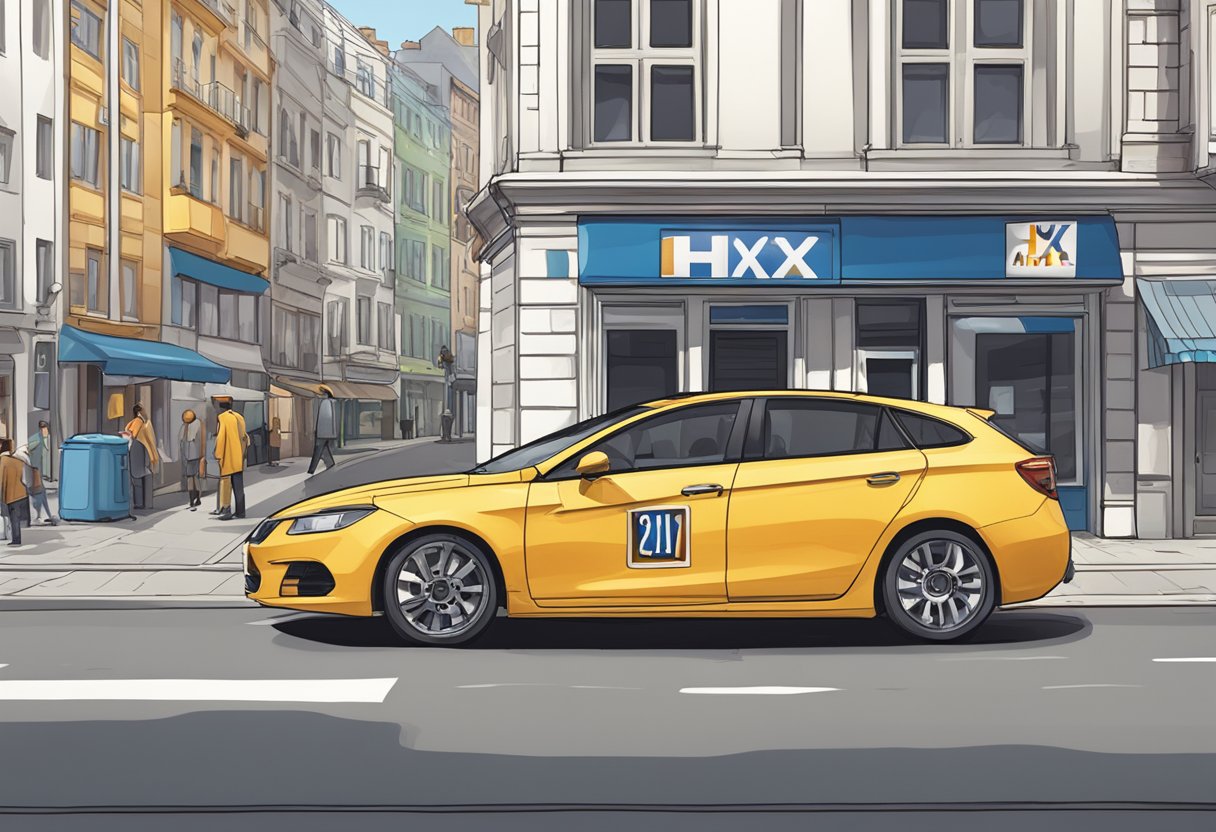Unveiling China's New Energy Vehicle (NEV) Revolution: Trends, Challenges, and Future Prospects
As China emerges as a global leader in the new energy vehicle (NEV) sector, it is vital to understand the dynamics driving this transformation. This article delves into specific questions regarding China's NEV market, providing insights into trends, policies, market players, and future outlook to help stakeholders navigate this evolving landscape.

1. What are the key drivers behind the growth of China's NEV market?
The growth of China's new energy vehicle (NEV) market can be attributed to several factors:
- Government Policies: The Chinese government has instituted a variety of policies, including financial incentives, subsidies for manufacturers and consumers, and stringent emissions standards.
- Environmental Awareness: Increasing pollution levels have led to greater public awareness and governmental urgency in pushing for greener alternatives to conventional vehicles.
- Technological Advancements: Innovations in battery technology and electric-powered systems have made NEVs more efficient and cost-effective.
- Urbanization: With rapid urban growth, cities are facing severe air quality issues, prompting a shift towards electric solutions.
2. How is the Chinese government supporting NEV adoption?
The Chinese government plays a critical role in fostering the NEV industry through:
- Subsidies: National and local subsidies significantly reduce the price of NEVs, making them attractive to consumers.
- Investment in Charging Infrastructure: Extensive investments in charging stations ensure that consumers can access charging facilities conveniently.
- Sales Quotas: The government mandates quotas for automakers, compelling them to produce and sell a certain percentage of NEVs.
- Research and Development Grants: Support for innovation in battery technology and electric drive systems encourages technological breakthroughs.
3. What are the leading players in China's NEV market?
Several companies stand out in China's competitive NEV market, including:
- BYD: One of the largest manufacturers of electric vehicles in China, BYD has a comprehensive lineup of NEVs, from buses to passenger cars.
- NIO: Known for its premium electric cars, NIO has captured a significant portion of the market with innovative features like battery-swapping technology.
- Xpeng Motors: This company focuses on high-tech electric vehicles that integrate advanced AI and autonomous driving features.
- SAIC Motor: A key player in the Chinese automotive industry, SAIC has made substantial investments in NEVs and electric buses.
4. What challenges does China face in expanding its NEV market?
Despite the rapid growth, China’s NEV industry faces various challenges:
- Battery Supply Chain Issues: A reliance on raw materials like lithium and cobalt exposes manufacturers to volatility in supply and prices.
- Consumer Hesitancy: Many potential buyers are still skeptical about battery life and the convenience of charging facilities.
- Intense Competition: A rapidly growing number of automakers entering the NEV market leads to fierce competition over consumer attention and market share.
- Regulatory Changes: Changes in government policies could lead to abrupt shifts in subsidies or quotas, impacting market stability.
5. What is the future outlook for China's NEV market?
The future of the NEV market in China looks promising, with factors such as:
- Growing Consumer Demand: As consumers become more environmentally conscious, demand for NEVs is expected to rise steadily.
- Investment in Technology: Continued investment in battery technology, autonomous driving, and energy-efficient systems will enhance product offerings.
- Global Leadership: China is poised to become a key player in the global NEV market, exporting technology and vehicles to other countries.
- Smart City Initiatives: Integration of NEVs into smart city frameworks will improve overall urban mobility and sustainability.
6. How does China’s NEV policy compare to other global markets?
China's NEV policy is often seen as the most aggressive worldwide, characterized by:
- Comprehensive Subsidies: More extensive than in many developed nations, providing immediate relief to consumers and manufacturers.
- Push for Local Production: While countries like the US and EU are starting to emphasize local production, China has been doing so for years.
- Focused R&D Support: Government-backed R&D in technology and infrastructure exceeds what is typically seen in other regions.
7. How does the NEV market impact the traditional automotive industry in China?
The rise of the NEV market is reshaping the traditional automotive industry through:
- Shift in Production: Traditional automakers are allocating more resources to develop electric alternatives.
- Changes in Employment: The NEV sector is creating new job opportunities in technology, manufacturing, and infrastructure, while manufacturing roles in traditional sectors may decline.
- Innovative Collaboration: Partnerships between traditional automakers and tech companies for EV technology are beginning to emerge.
Conclusion
The NEV market in China is undergoing rapid evolution driven by government support, consumer demand, and technological advancements. While challenges remain, the future prospects of the NEV industry appear bright, suggesting that we can expect continued innovation and growth, positioning China at the forefront of the global transition to electric mobility.
New posts

Understanding the Model X Refresh: What You Need to Know
Tesla

Everything You Need to Know About the Xiaomi Car: Specs, Features, and Market Impact
Xiaomi

Understanding Model Y Wait Times: What to Expect in 2023
Tesla

Exploring AI Day at Tesla: Innovations, Insights, and Future Prospects
Tesla

Cathie Wood Latest: Insights into Her Investment Strategy and Market Moves
Investment

Exploring the Geely Radar RD6: All You Need to Know
Automotive

Understanding the Zeekr X Price: What You Need to Know
Electric Vehicles

Understanding the Tesla Model Y Performance: A Comprehensive Guide
Tesla

Exploring the Ford VW MEB Platform: A Deep Dive
Volkswagen

Exploring the Spaciousness of the Model Y Trunk Space: Everything You Need to Know
Tesla
Popular posts

Everything You Need to Know About NIO Registrations: A Comprehensive Guide
Sustainability

BYD Seal: Unraveling the Future of Electric Mobility
Sustainability

Unveiling the Xiaomi SU7 EV Lei: What You Need to Know
Xiaomi

Everything You Need to Know About Tesla EV: Questions Answered
Tesla

Exploring the Ford VW MEB Platform: A Deep Dive
Volkswagen

Unlocking the Future: BYD Solid State Battery Technology Explained
Innovation

What You Need to Know About Tesla FSD 12: Features, Advancements, and User Experiences
Innovation

Understanding NIO Pricing: A Comprehensive Breakdown
Electric Vehicles

Tesla Market Share: Current Trends and Future Projections
Tesla

Cathie Wood Latest: Insights into Her Investment Strategy and Market Moves
Investment